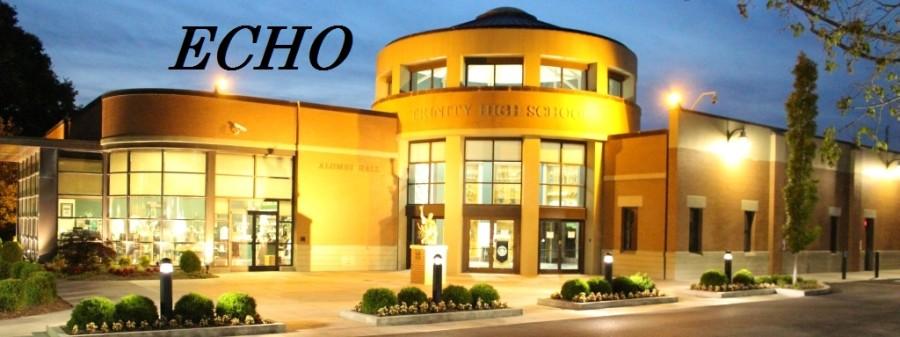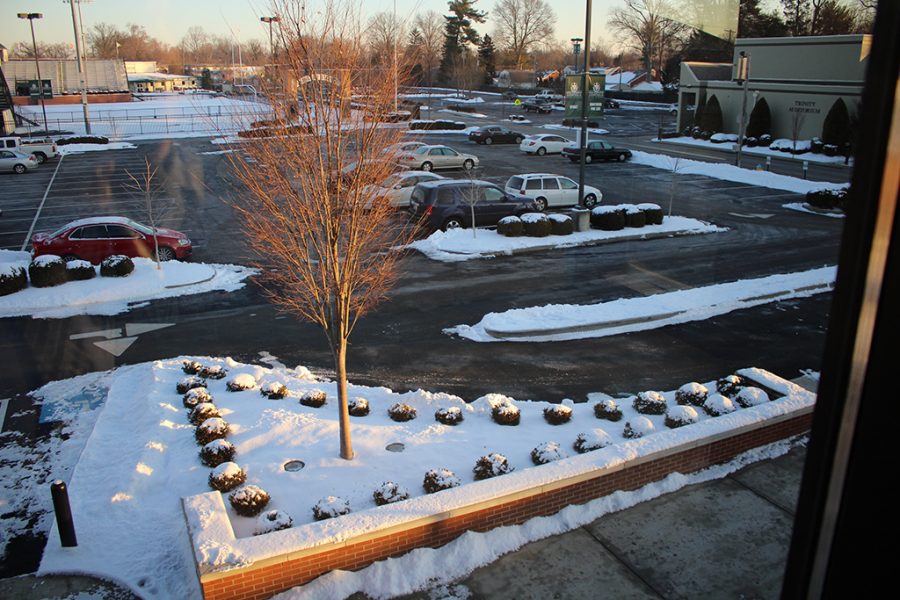Trinity teacher Mr. Michael Budniak has worked on an unusual investment project during the past three years – alpaca farming. He invested in Kokopele Alpacas, started by Budniak’s wife, Andrea, and sister-in-law Sherry Moore Budniak. Sherry said, ” Andrea Budniak not only contributes financially, she also contributes her time keeping our records and visiting several times a year to help with chores and shearings. My husband, Chris Budniak, and I live and raise these alpacas in Hannibal, Mo. We do work 24 hours (a day) seven days a week — feeding, medicating, trimming, hauling hay and feed, cleaning poop, bottle feeding, breeding, shearing, delivering crias, shots, blood tests, (and) catching, among several other responsibilities required to raise alpacas.” Budniak decided to invest in alpacas because they are a good sustainable resource. The medium-sized llama-like creatures are raised primarily for their fur. “My wife and sister-in-law had done a considerable amount of research into renewable resources and longtime investment opportunities to have a living creature that can constantly produce additional resources in the form of fur or fiber that can be used,” Budniak said. “The fiber that is produced is higher quality than typical sheep’s wool. It’s a lot softer. It’s called hypoallergenic, which basically means that people who have reactions to certain types of animal products don’t react to this type of fiber. So it’s a superior quality fiber. That’s a big deal, as far as selling is concerned and making clothing products out of it. But the animal breeding itself is another big part of it as well.” The alpaca fur is a sustainable resource in that it grows back, and the alpacas will have offspring, which can also be harvested for fur. “The little buggers reproduce themselves. Once we reach a particular point, it becomes self-sustaining. A self-sustaining renewable resource. Sounded like a great investment as far as I was concerned,” Budniak said. “By this time two years from now, we will have 17 to 20; by this time three years from now we will have probably upper 20s or so, and that’s when the herd becomes self-sustaining.” Budniak initially bought one male and one pregnant female three years ago. Since then, they have multiplied to nine alpacas, with the 10th to be born next month. Although he enjoys working on a farm with alpacas, Budniak said it can get pretty tiring. He said, ”I would hate to have to get up disgustingly early before sunrise every single bloody day to take care of the animals. To take care of the animals a week period of time, yeah, I can do a week. Any more than that, it would start to wear on me.”
Categories:
Give him a home where the…alpacas….roam!
September 20, 2012
0



